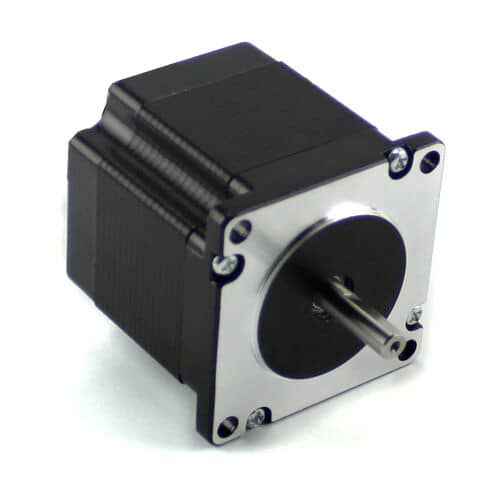Full Step control is achieved by turning on the complete winding of the motor. This is the simplest and therefore lowest cost method for controlling the stepper motor. Most step motors are four-phase which requires each phase to be turned on individually.
The most common method of achieving this is to use a transistor to switch the phases on and off. There are chips that are available off the shelf that contain internal transistors and they can control external MOSFETs as well. When a full step is utilized, the motor shaft will rotate 1.8 degrees mechanically. The motor will require 200 steps to make one revolution.
You can buy stepper motor at https://www.automationtechnologiesinc.com/products-page/stepper-motors.

The term Half Step refers to the fact that the motor rotates only one half of a step at a time, compared to taking a full step each time that was mentioned previously. Instead of moving 1.8 degrees per step, the motor will rotate half of that or 0.9 degrees per step. The way this motor drive topology is achieved is by exiting each winding in a pattern on one winding on, two windings on, and then repeating this over and over.
The control is similar to that of the full step in that transistors such as MOSFETs can be used to inexpensively control the motor. The motor will run slightly smoother and have minimized resonance issues when run in half step.